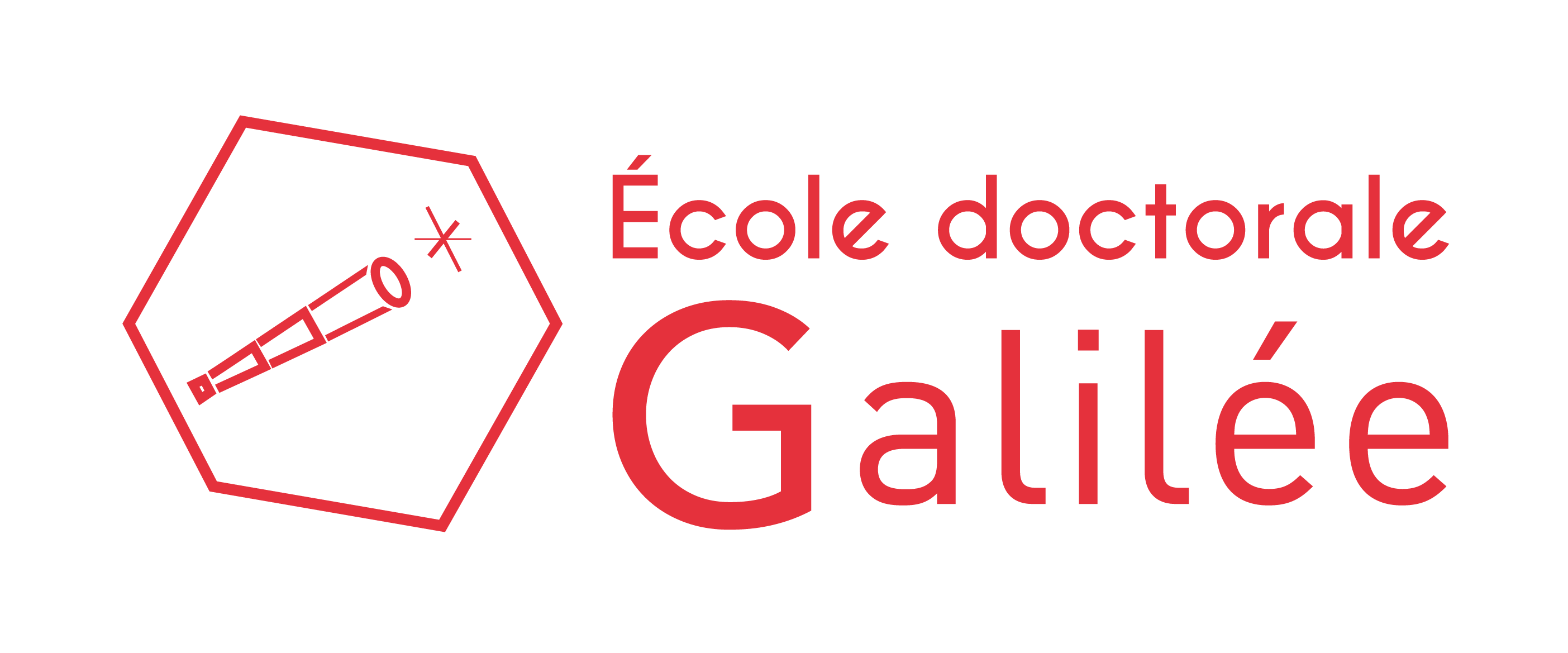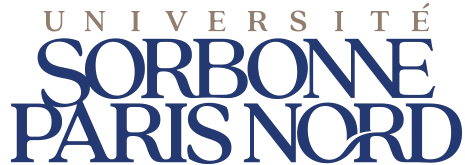
Cohomologie non ramifiée et arithmétique sur Q_p(t)
À toute variété algébrique lisse X, on peut associer des groupes de «cohomologie non ramifiée» H^q_nr(X,Q/Z(q-1)) (q>0), qui sont des invariants stablement birationnels. Ces objets jouent un rôle central aussi bien dans les questions de rationalité (travaux de Saltman-Bogomolov, Artin-Mumford, Colliot-Thélène-Ojanguren, et plus récemment Peyre, Schreieder, Pirutka, …), mais aussi dans l’étude des cycles algébriques, par exemple le défaut des conjectures de Hodge (Voisin-Colliot-Thélène) et de Tate (Kahn) entières pour les cycles de codimension 2 et, enfin, dans l’étude des points rationnels des variétés rationnellement connexes sur des corps de base d’intérêt arithmético-géométrique (comme le corps des fonctions d’une courbe sur un corps p-adique), par la formulation d’obstructions de réciprocité à l’existence de points rationnels (Colliot-Thélène-Parimala-Suresh). La cohomologie non ramifiée reste à ce jour un invariant difficile à déterminer; de façon parallèle, l’arithmétique des variétés rationnellement connexes sur le corps Q_p(t) n’est aujourd’hui comprise que pour les variétés les plus simples (e.g. les quadriques). On se propose de progresser sur ce sujet en étudiant les problèmes suivants. Pour X un espace homogène de groupe linéaire à stabilisateur fini G, on souhaite déterminer la structure du groupe de Brauer non ramifié Br_nr(X), dont on ne dispose d’une formule en termes de la cohomologie de G que pour sa partie algébrique (Harari, Demarche, Lucchini-Arteche). La caractérisation complète de ce groupe préciserait quelles réponses au classique problème de Grunwald on est en droit d’attendre pour G. Déterminer le groupe des 0-cycles de degré zéro d’une fibration en coniques sur Q_p(t) serait également d’un grand intérêt; il s’agirait alors d’adapter un argument du à Salberger sur les corps de nombres. Enfin, on souhaiterait déterminer si les produits de Massey supérieurs sur la cohomologie de Q_p(t) s’annulent dès lors qu’ils sont définis: cela préciserait en effet de nombreuses propriétés arithmétiques dont jouit ce type de corps.
Unramified cohomology and arithmetic over Q_p(t)
To a given smooth algebraic variety X, one can associate « unramified cohomology groups » H^q_nr(X,Q/Z(q-1)) (q>0) which are stably birational invariants. These objects play a key role in the study of rationality problems (work of Saltman-Bogomolov, Artin-Mumford, Colliot-Thélène-Ojanguren, and more recently Peyre, Schreieder, Pirutka, …), but also regarding the study of algebraic cycles, for instance measuring the defect of the integral Hodge (Voisin-Colliot- Thélène) and Tate (Kahn) conjectures for codimension 2 cycles, and lastly in the study of rational points on rationally connected varieties over fields of arithmetic-geometric relevance (for instance, the field of functions of a curve over a p-adic field), by defining reciprocity obstructions to the existence of rational points (Colliot-Thélène-Parimala-Suresh). To this day, unramified cohomology still remains difficult to tackle in practice. Concomitantly, the arithmetic of rationally connected varieties over the field Q_p(t) is only understood in the simplest cases (e.g. quadrics). We would therefore like to contribute to this subject by studying the following problems. Given a homogeneous space X of a linear group with affine stabilizer G, we wish to determine the structure of the unramified Brauer group Br_nr(X), for which we have a formula in terms of the cohomology of G only for its algebraic part (Harari, Demarche, Lucchini Arteche). The characterisation of this group would certainly allow a better understanding of the Grunwald problem for G. Determining the group of degree zero 0-cycles of a conic bundle over the projective line over Q_p(t) would also be of great interest; the strategy would be to adapt Salberger’s local-global argument over number fields. Finally, it would be interesting to determine the vanishing of higher Massey products on the cohomology of Q_p(t) when they are defined: this would precise many arithmetic properties related to this type of field.

